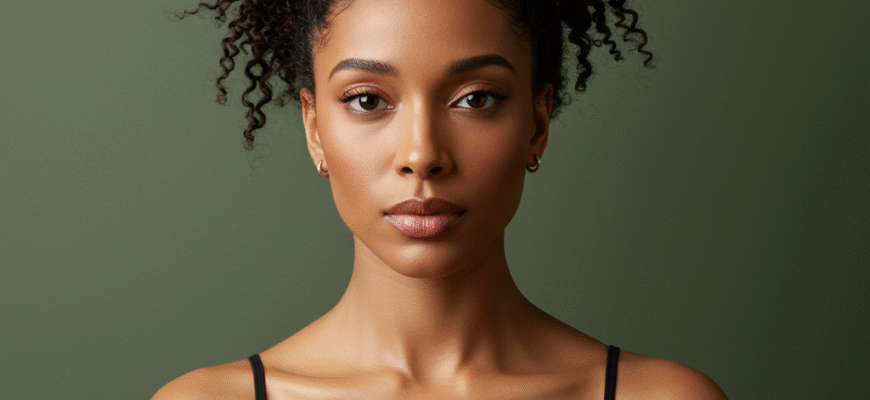Content
Deconstructing the “Ideal” Body
The concept of an “ideal” body is largely a social construct, and a relatively recent one at that. Throughout history, and across different cultures, desirable body types have varied wildly. What’s considered attractive today might have been undesirable centuries ago, and vice-versa. Furthermore, the modern “ideal” is heavily influenced by industries that profit from our insecurities – fashion, diet, fitness, and media. Think about it: if everyone suddenly loved their bodies exactly as they are, entire industries would struggle. This isn’t a conspiracy theory; it’s just business. Recognizing that much of the pressure we feel is manufactured, designed to sell products or lifestyles, can be incredibly liberating. It allows us to see the “ideal” not as a standard to aspire to, but as a marketing tactic.Did You Know? Human bodies naturally vary significantly in bone structure, muscle mass potential, and where they tend to store fat. These genetic factors play a huge role in our overall shape and size. Trying to achieve a body type drastically different from your natural build can be physiologically challenging and often unsustainable. Embracing this biological diversity is key to self-acceptance.
Shifting Focus: From Appearance to Appreciation
A crucial step in embracing your natural body is shifting your focus away from purely aesthetic goals. Instead of concentrating on what your body *looks* like, try appreciating what it *does* for you. This body carries you through life, allows you to experience the world, heals from injuries, and enables you to connect with others. It breathes, digests, thinks, feels – it’s a remarkable vessel, regardless of its size or shape.What Can Your Body Do?
Consider these questions:- Does your body allow you to walk, dance, or swim?
- Can you hug loved ones?
- Can you taste delicious food?
- Can you laugh until your stomach hurts?
- Does it allow you to rest and recharge?
Practical Steps Towards Body Acceptance
Embracing your natural body shape is an active process. It requires conscious effort to challenge old thought patterns and cultivate a kinder perspective. Here are some practical steps you can take:Curate Your Social Media Feed
Social media can be a major source of comparison and body negativity. Take control of what you consume. Unfollow accounts that make you feel inadequate or promote unrealistic body ideals. Actively seek out and follow creators who celebrate body diversity, promote body neutrality or positivity, and showcase a wider range of human forms. Seeing bodies that look more like yours, represented positively, can make a significant difference.Practice Media Literacy
When you encounter images in magazines, advertisements, or online, remind yourself that they are often heavily edited. Posing, lighting, angles, and digital manipulation are standard practices. Understand that you are often comparing your real, unedited self to a carefully constructed, often unattainable, fantasy. Question the message being sent and who benefits from it.Challenge Negative Self-Talk
Become aware of your inner critic. When you catch yourself thinking negative thoughts about your body, gently challenge them. Ask yourself: Is this thought truly helpful? Is it kind? Where did this belief come from? Try replacing harsh criticisms with neutral observations (e.g., “My stomach is soft” instead of “My stomach is disgustingly fat”) or positive affirmations focusing on function (“My legs are strong and carry me where I need to go”). This takes practice, so be patient with yourself.Dress for Your Current Body
Stop saving clothes for “someday” when you reach a certain size. Dress the body you have right now in clothes that fit comfortably and make you feel good. Wearing ill-fitting clothes can be a constant, uncomfortable reminder of perceived flaws. Find styles, fabrics, and colours that bring you joy and express your personality. Feeling comfortable and confident in your clothes can significantly boost your overall body image.Focus on Well-being, Not Weight
Shift your health goals away from weight loss or achieving a specific size. Instead, focus on behaviours that genuinely contribute to your overall well-being. This could include:- Moving your body in ways you enjoy (walking, dancing, stretching, gardening)
- Eating nourishing foods that provide energy and satisfaction
- Prioritizing sleep
- Managing stress effectively
- Engaging in hobbies and activities that bring you joy
Important Note: Body acceptance is not about neglecting your health. It’s about decoupling self-worth from appearance and pursuing health from a place of self-care, not self-punishment. Focus on sustainable habits that make you feel good, physically and mentally, rather than chasing drastic, appearance-based changes.









